Fuel-Cell Electric Air Compressor
High efficiency and reliability with Infineon fuel-cell air compressors for electric vehicle applications
At Infineon, we understand the role that fuel-cell electric vehicle technology can play in the reduction of global CO2 emissions. However, to ensure the success of fuel-cell vehicle adoption in the mass market, fuel-cell technology must first be made readily available to the average consumer in the form of widespread refueling stations and low vehicle ownership costs. Infineon offers a range of semiconductor solutions for the easy and cost-effective manufacture and design of electric vehicle subsystems, including fuel-cell electric air compressors.
Infineon’s components for fuel-cell air compressors are designed for optimum efficiency and performance when it comes to the integration into electric vehicle drivetrain systems. Some of the greatest challenges facing designers, including achieving the highest possible system efficiency and dynamics over a wide air flow rate and compressor speed range, all while keeping costs low. At the same time, systems should be both compact and modular, run as quietly as possible, and meet the necessary safety and diagnostic requirements. It’s also important that the fuel-cell stack is protected from contamination at all times.
Infineon’s portfolio of products is specially designed to help you overcome these design barriers with ease.
Fuel-Cell Air Compressors
Fuel-cell air compressors in electric vehicle propulsion systems are responsible for forcing air into the fuel cell stack, where it is used as an oxidant to produce a reaction with hydrogen ions and electrons at the fuel cell cathode to form water.
Air compressor systems are important for controlling air mass flow rate and air pressure. Infineon’s portfolio of CoolSiC™ MOSFET products are particularly suitable for air compressor systems, due to their very low, temperature-independent conducting losses, even at high switching frequencies. Our next-generation Silicon Carbide (SiC) Power MOSFET technology offers designers an even higher degree of flexibility to enable increased efficiency and reliability in fuel-cell air compressor systems.
System benefits:
- Fully automotive-qualified product portfolio supports a wide range of fuel-cell air compressors and power classes with a compact design and high-power density
- Isolation-integrated gate drivers
- Wide range of 32-bit microcontroller solutions dedicated to xEV applications
- Evaluation kits are available to reduce system development time
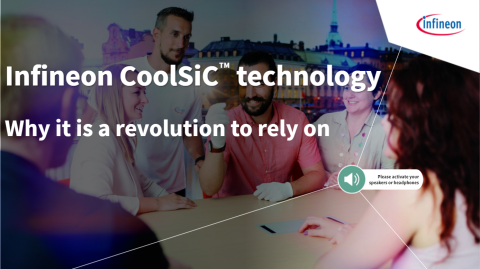
In this training you will:
- Be familiar with silicon carbide MOSFET structures and their characteristics
- Get to know Infineon's CoolSiC™ MOSFET, its features, its improvements over a typical trench MOS and how it performs against its competitors
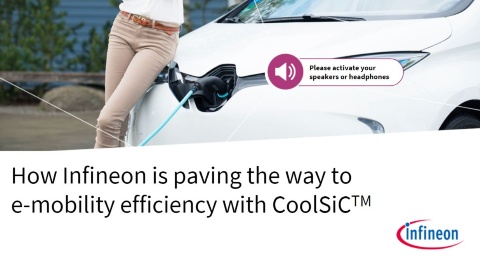
- Distinguish the features and benefits of Infineon’s CoolSiC™ solutions in target applications and identify Infineon’s fully scalable CoolSiC™ portfolio to meet this automotive market transition
- Explain the reasons for the increasing introduction of silicon carbide technology in the automotive applications
Driving a CoolSiC™ MOSFET is much easier than you think. This training will show you how it can be driven with a 0 V turn-off gate voltage.
With this training you will learn how to calculate a reference gate resistance value for your Silicon Carbide MOSFET, how to identify suitable gate driving ICs based on peak current and power dissipation requirements and to fine-tune the gate resistance value in laboratory environment based on worst case conditions.
Recognize the motivation behind paralleling of the SiC MOSFET modules, as well as key challenges and solutions for both gate driver and power layout design. Learn about optimized system loop inductance to minimize switching losses solution.
See how to optimize devices’ behavior in their applications with Infineon’s SPICE Compact Models for CoolSiC™ MOSFETs.
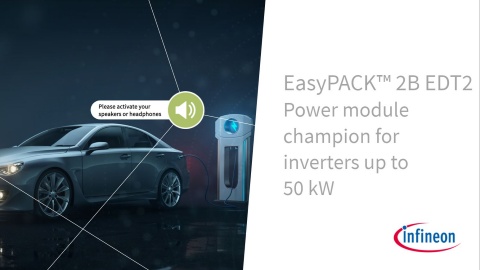
In this training you will:
- Identify the challenges posed by traction inverter applications in terms of system requirements, size, cost and time.
- Describe EasyPACK™ 2B EDT2’s distinctive features and explain how Infineon is able to meet customer needs. Especially in relation to quality and ramp-up capability.
In this video, you will focus on the comparison of the power handling capacity of IGBTs and SiC MOSFETs, Go through the different aspects that need to be considered when dimensioning an IGBT or a MOSFET for a certain application.
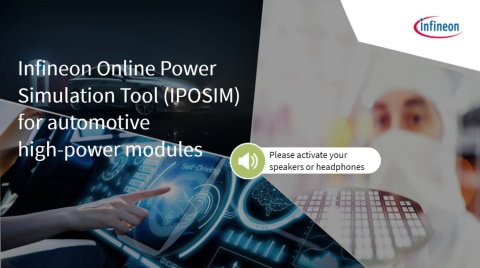
In this training you will:
- Get to know Infineon’s IPOSIM tool, specifically for an automotive electric vehicle inverter
- Discover the steps involved in simulating different parameters and comparing the results of different Infineon products to see which is the best fit for your application
Learn about the motivation behind paralleling SiC MOSFET modules, what are the key challenges and solutions for both gate driver and power layout design and get familiar with optimized system loop inductance to minimize switching losses.
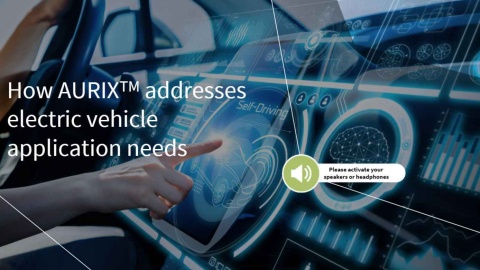
Training topics:
- Get to know how AURIXTM is able to answer the needs of the electric vehicle market
- Recognize and explore how AURIX™ TC3xx addresses key electric vehicle challenges, and understand the main features of the AURIX™ TC3xx microcontroller
Webinar
To fully exploit the potential of hydrogen, solutions must be found to the challenges of production, storage, transport and use. Learn how the different systems are structured and how they work together. Gain insights into different production and consumption applications and learn about Infineon's best-in-class semiconductor solutions.




